October 27, 2017 and October 2 to 18, 2018
MISSION MARTINIQUE 2017/18 – ATLANTIQUE
- Awareness, Marine educational areas, Marine Protected Areas, Marine turtles, New techniques
Two highlights in Martinique
Ties between the Principality of Monaco and Martinique were strengthened in 2017 and 2018 with two highlights:
- Inauguration of the Prêcheur Albert Falco Marine Nature Reserve by HSH Prince Albert II on October 27, 2017,
- The mission carried out from October 2 to 18, 2018 by teams from the Institut Pluridisciplinaire Hubert Curien (IPHC/CNRS, University of Strasbourg), Ifremer and Explorations de Monaco to study the behavior of green turtles.
The importance of Marine Protected Areas worldwide
Today, we have enough hindsight to know that marine reserves and protected areas are the best means of regulating overfishing and protecting ecosystems...
Marine protected areas help preserve marine environments and biodiversity by bringing man and the sea closer together in a responsible manner.
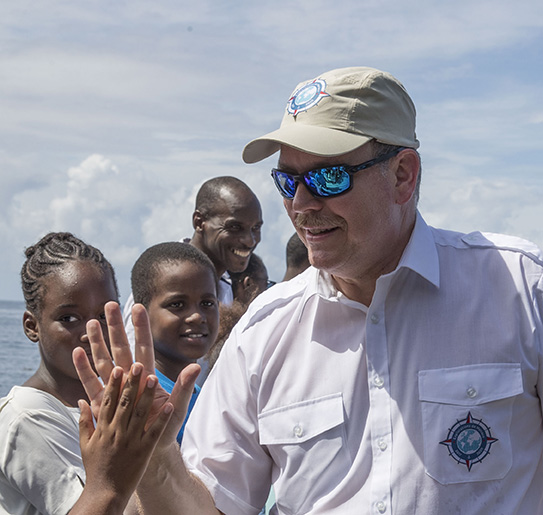
Mission Martinique in brief: the film
Inauguration of the Prêcheur Albert Falco Marine Territorial Nature Reserve.
On October 27, 2017, H.S.H. Prince Albert II of Monaco visited the north of “l’île aux fleurs” to inaugurate the Réserve Naturelle Territoriale Marine du Prêcheur Albert Falco and thus pay tribute to the memory of the Captain of the Calypso, a faithful companion of Captain Jacques-Yves Cousteau.
This visit symbolizes the Principality’s strong commitment to the development of Marine Protected Areas worldwide.
2030 target: 30%.
To date, there are 16,927 Marine Protected Areas worldwide.
They currently cover a surface area of 28,189,691 km2, or 8% of the total ocean surface.
Less than 3% of these areas are under strict protection, with all harvesting prohibited.
Scientific experts strongly recommend that at least 30% of the ocean surface be protected by 2030.
This is the target for sustainable management and effective protection of marine biodiversity.
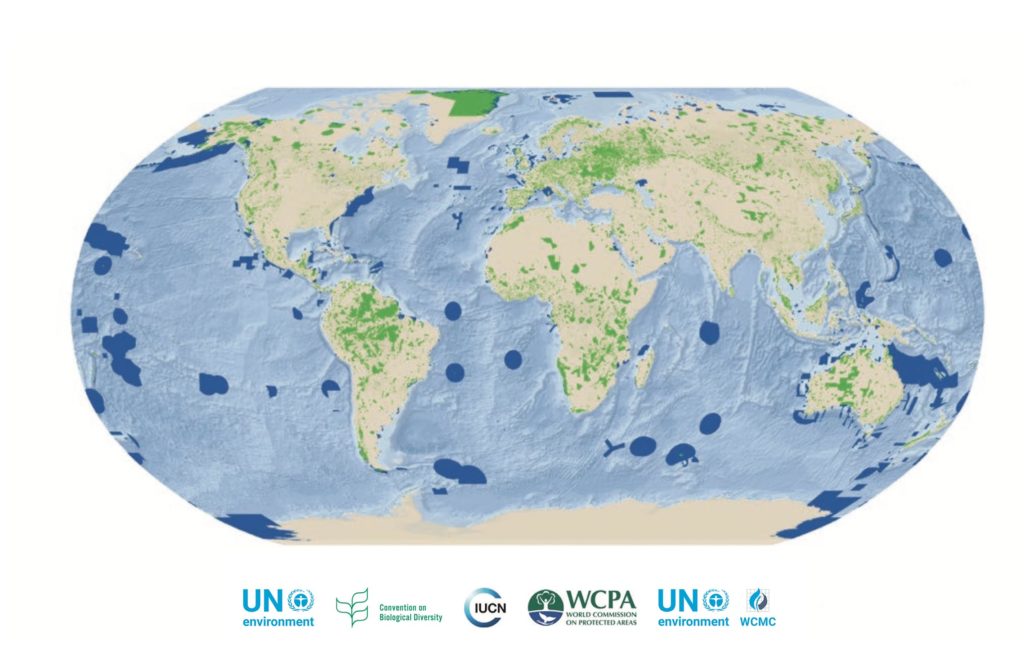
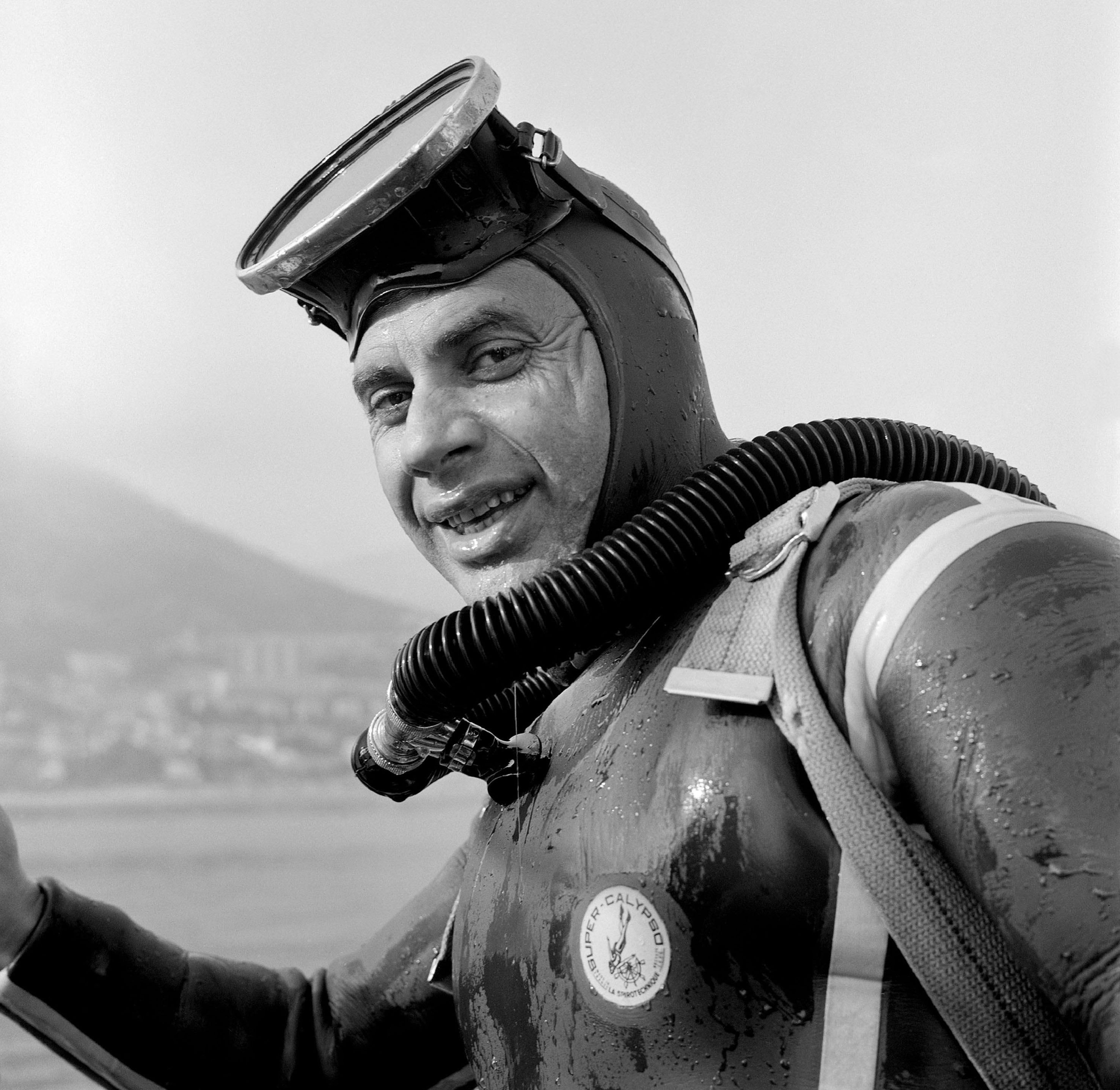
Albert FALCO (1927-2012): Tribute to the "Fish Man
Famous diver and captain of the Calypso, Captain J-Y Cousteau’s ship, Albert Falco was one of the instigators of the Prêcheur Territorial Nature Reserve project, which today bears his name.
This lover of the sea and of Martinique left his mark on all those who had the privilege of rubbing shoulders with him.
The people of Martinique have not forgotten his commitment to protecting and promoting the island’s underwater heritage.
Location
Location (map to be updated)
Martinique, an island frequented by turtles
Five of the seven species of sea turtle are found on the Martinique coast.
Among them, three species are regularly observed: the hawksbill turtle, the leatherback turtle and the green turtle, the most common in this area.
In the south-west of the island, the Anses d’Arlet is the main feeding area for the immature young of this species.
This is where scientists mainly studied them during the October 2018 mission.
Two intense weeks on site
Two weeks of intense scientific work in situ, rich in lessons and information, helped to improve knowledge and protection of this species.
Innovative technologies combining on-board cameras and connected objects were used.
The two weeks also provided an opportunity to raise awareness among the younger generation.
Valuable samples
Damien Chevallier (IPHC) has discovered that green turtles born on the coast of French Guiana have been coming to the West Indies to grow for several years, particularly at the Anses d’Arlet site.
Each year, micro-fragments of flesh, skin and carapace are taken from several individuals.
Their analysis helps us to better understand the origins of the individuals and the state of health of this population.
The presence of contaminants or viruses can be detected.
Turtles are captured in apnea and brought to the surface.
Removal of a carapace fragment from a green turtle.
O.Borde.
Monaco Explorations
Blood sampling.
O.Borde.
Explorations de Monaco.
Capture of a green turtle freediving in Anses d'Arlet.
O.Borde.
Monaco Explorations.
In turtles, the position and pattern of the scales are unique from one individual to another.
O.Borde.
Monaco Explorations
Injection of a microchip under the skin.
O.Borde.
Monaco Explorations.
The electronic transponder makes it immediately obvious whether the animal has already been microchipped or not.
O.Borde.
Explorations de Monaco.
During field operations, sampled turtles are marked with a white line so that snorkelers can avoid recapturing them. O.Borde. Explorations de Monaco.
Photo-identification and tagging
Like a real fingerprint, the number, position and pattern of the head scales are unique and allow us to identify an individual.
By photographing the profile of a turtle’s head, we can “file” it and recognize it over time, in the event of a new sighting or capture.
This method was developed by Kelonia, Réunion’s sea turtle observatory.
Microchips are also used, injected under the skin.
In the event of recapture, they enable immediate recognition.
Injured but saved
Injured turtles are rescued and given special care.
Here, the team of scientists will remove the hook from the mouth of this green turtle, before returning it to the water.
In other cases, divers intervene to free an individual caught in a fishing net.
Abandoned or lost nets, known as ghost nets, are the cause of major mortalities.
This is currently a major problem worldwide.
A low-cost communication system developed by Ifremer.
O.Borde.
Monaco Explorations
A new beacon developed by Ifremer.© O.Borde. Monaco Explorations
The NExT program
Initiated and supported by Ifremer, NExT works in close collaboration with the Institut Pluridisciplinaire Hubert Curien (CNRS – Université de Strasbourg) and Explorations de Monaco.
It is divided into several phases:
- Data collected over the last 20 years has been combined with the acquisition of new environmental data and the collection of numerous samples,
- The use of a new tracking beacon developed by Ifremer, using an innovative, low-cost communication system (LoRa) whose signals are received by antennae positioned on land, around the periphery of the zone under study,
- The multiplication of data collected, such as temperature and salinity of the surrounding water, acceleration, depth and dive duration,
- Population sampling using blood samples and micro-fragments of skin, scales and flesh.
- Assessing the impact of human activities, including fishing, and the effects of climate change.
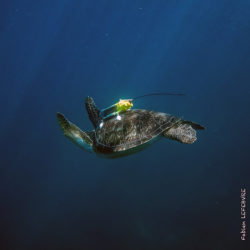
High Tech backpack
Don’t worry!
This high-tech backpack detaches itself after a few days and doesn’t take up much space with the turtle.
Several specimens have been fitted with “biologgers”, a system combining a high-resolution camera with several sensors (accelerometer, magnetometer, gyroscope, depth gauge, thermometer, hydrophone, GPS) and an Argos beacon, which enables the turtle to be located in the open sea, after automatic release.
In the skin of a green turtle...
Raw images…
The images recorded allow us to study the natural behavior of turtles and their feeding habits at will, and to better understand their behavior and strategies for adapting to their environment.
At the end of this recording, one turtle can be seen stealthily feeding, while the other is attached to remora, or pilot fish.
"Turtle grass
In Anses d’Arlet, young green turtles feed mainly on seaweed and marine plants, including Thalassia testudinum, commonly known as “turtle grass”.
This herbivorous diet colors the fat of green turtles.
It’s the origin of their name.
In recent years, an invasive plant native to the Red Sea, Halophila stipulacea , has colonized these beds.
The turtles’ feeding behavior in the face of this new resource is one of the subjects of a long-term CNRS study.
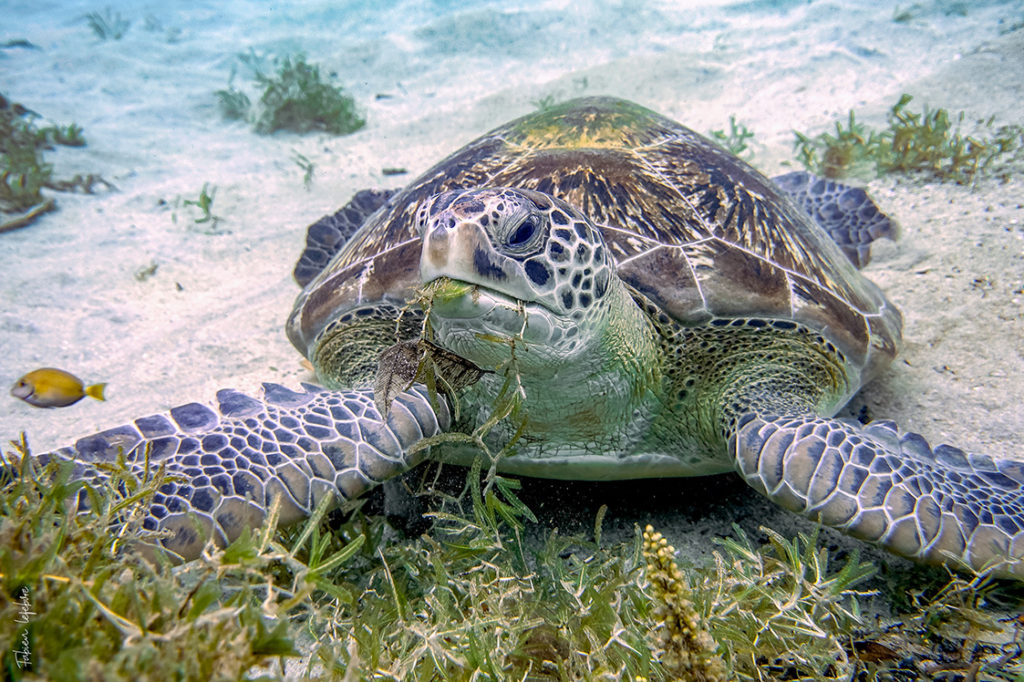
Expected scientific results
In 10 days of sampling, 40 green turtles were tagged and tracked.
250 samples were taken and 30 hours of video recorded.
The invaluable data and information gathered during these field operations in Martinique add to the data from previous years.
After a phase of analysis and interpretation, they will enable the scientific teams to make progress in numerous scientific fields.
An event organized by the Martinique-based association Carbet des Sciences.
© O. Borde.
Monaco Explorations
Turtle release operations are carried out in the presence of the public and schoolchildren.
O.Borde.
Monaco Explorations
A presentation by Philippe Brousse, from Explorations de Monaco, to a class in Martinique.
O.Borde.
Explorations de Monaco
An animation on the beach: reconstitute the life cycle of a green turtle.
O.Borde.
Monaco Explorations.
Many volunteers take part in turtle handling operations.
O.Borde
Educating fishermen about turtle protection.
© O. Borde.
Monaco Explorations
Reconciling mankind and the sea
In order to raise local awareness of the work of researchers and the conservation of sea turtles, certain scientific manipulations and protocols have been adapted to be carried out on land and reach a wide audience.
Protecting turtles is everyone’s business, and there are many initiatives in this direction.
The work carried out in Martinique can make a significant contribution to turtle conservation programs, thanks to the two essential and complementary approaches of scientific research and education.
Scientific and educational partners
Photo gallery
The players in the 2017-2018 Martinique mission
Explorations de Monaco would like to thank
HSH Prince Albert II of Monaco
The Government of Monaco
Mrs. Widow Albert Falco and family
Martinique authorities and officials
Prefect Franck Robine and his staff; the sub-prefect of Saint Pierre and La Trinité, Emmanuel Baffour, Dominique Vian,
Vice-Admiral René-Jean Crignola, Commander of the Armed Forces in the French West Indies; Colonel François Agostini, Commander of the Gendarmerie; and Captain Marc Formentel of the Fort-de-France Air Section,
Marcellin Nadeau, Mayor of Le Prêcheur,
Louis Boutrin, Executive Councillor,
Gabriel Jean Guy, President of the Prêcheur fishermen’s association,
Marie-Renée Queuille, local councillor, Anses d’Arlet,
Direction de l’environnement, de l’aménagement et du logement; Fabien Védié and Denis Etienne,
Office National des Forêts; Francis Georges, Head of Unité Territoriale Sud and his collaborators: Maxym Sikora and Marie-France Bernard, Project Managers, National Action Plan for Marine Turtles and Iguanas in the Lesser Antilles,
Scientific teams
Damien Chevallier, researcher at the Institut Pluridisciplinaire Hubert Curien (CNRS/IPHC – Université de Strasbourg), Ecology, Physiology and Ethology department, and his team: Jordan Martin (study engineer), Sidney Regis (study engineer, freediving), Nicolas Lecerf (study engineer, freediving), Flora Siegwalt (PhD student), Lorène Jeantet (PhD student), Cédric Frouin (freediving).
Jérôme Bourjea, fisheries and conservation biologist (Ifremer, UMR MARBEC), Sylvain Bonhommeau, marine ecology researcher, and Pierre Gogendeau, electronics engineer, (Délégation Ifremer océan Indien) and Emmanuel Thouard and his colleagues (Ifremer delegation in the French West Indies).
Local associations and organizations in Martinique
Abdelwahab (Wahé) Benhalilou, (Ti Payot’ and Plongée passion, association POEMM) and his team: Thomas Maillet, and Lucas Andreani, Céline Murgale and the Ti Payot’ staff,
Mathilde Brassy, head of the “sea and sustainable development” department, and Laurie Paquemar, Carbet des Sciences, Martinique’s center for scientific, technical and industrial culture,
Didier Puccini, journalist†(France Antilles) and Muriel Lepori,
Alexandre Arqué (Asso-Mer and Office de l’eau Martinique), Célia Ortole and Gwénael Quenette (Asso-Mer) and Gaelle Lambert (Mon école, ma baleine),
Lyne-Rose Beuze, curator of the Musée du Père Pinchon, responsible for museums at the Martinique regional authority,
Marine educational area class leaders: Sino César, Carine Croisan, Jean-Paul Joyau, Béatrice Mas-Palangie, Chantal M’Quiby, Régine Toucanon, (Le Carbet); Françoise Figueres, Michèle Rollin and Rolande Menil (Les Anse d’Arlet), Fabiola Nicolas-Bragance, Yoanna Paulin and Karla Jubenot (Fort de France) and their pupils, and Christel Laurent’s class from Ecole du Morne Vert.
– The people involved in organizing the Martinique missions:
Philippe Brousse, head of the Caribbean mission of Explorations de Monaco,
Corinne Bussi-Copin, Scientific Advisor, Institut océanographique – Fondation Prince Albert Ier, Prince of Monaco,
Colonel Bruno Philipponnat, chargé de mission to H.S.H. Prince Albert II of Monaco
Thierry Apparu and Liz Factor, communication.
